Spot the Ultra-Rare Caucasian Leopard in Armenia’s Caucasus Wildlife Refuge
Impressive local fauna is thriving again in Southern Armenia’s new Caucasus Wildlife Refuge
About four years ago, a remote camera in Armenia's Caucasus Wildlife Refuge caught the tail of a Caucasian leopard. Also known as a Persian leopard or a Central Asian leopard, the animal dates back millennia in Armenia's history and iconography, but hadn't been see in the area in years. Images of the leapard have been found in ancient petroglyphs atop southern Armenia’s Mount Ughtasar, and on historic artifacts, such as drinking vessels, that date back to at least the Bronze Age. Today, Caucasian leopards are the world's largest leopard subspecies in size, and second only to brown bears as the region's largest predator. They are also at severe risk of extinction. Anatolian leopards, a kind of Caucasian leopard native to southwestern Turkey, went extinct in the 1970s, and now there are less than 1,300 Caucasian leopards left in the wild, with a dozen or so known to reside in Armenia.
Shortly after the initial tail sighting, another camera trap captured a complete view of the elusive predator. “It turned out that he was a three-legged leopard,” says Ruben Khachatryan, Director of the Armenian NGO Foundation for Preservation of Wildlife and Cultural Assets (FPWC), but he seemed to be doing fine, despite his handicap. About six months later, Khachatryan learned from a World Wildlife Fund staff member that the same leopard had been spotted in the wilds of Azerbaijan. “Then, two years ago,” says Khachatryan, “I was in a seminar in Iran and someone showed me a photo of our leopard. He had made his way to Iran, completing his circle of migration.” Although Caucasian leopard migration patterns depend on variable factors such as food availability, the amount of snowfall and whether the animals are traveling with new-born cubs, they typically travel from Armenia, through the Nakhchivan Autonomous Republic and toward Iran—and vice versa. A population increase over the last decade of the leopard's natural prey—Indian porcupines, wild boars and Bezoar goats—has helped to close the circle.
Khachatryan and his colleagues were thrilled: Creating a migration corridor for Caucasus wildlife is one of the main efforts of the Caucasus Wildlife Refuge, a 10,000-hectare (and growing) territory in southwestern Armenia's Ararat province, less than an hour's drive from Armenia's capital, Yerevan. The refuge, a project of the Foundation for the Preservation of Wildlife and Cultural Assets (FPWC), also happens to be the only privately-managed protected area in the South Caucasus. Khachatryan and his colleagues began the refuge back in 2010 with only 400 hectares leased from local communities. But the area—and its impact on local wildlife—have grown exponentially over the last decade. Its rugged mountains, deep canyons, arid grasslands and maple- and juniper-filled forests are hot spots of biodiversity in the region, attracting rare species like Armenian mouflon (or big-horn sheep), Syrian brown bears, wolves, lynx and bezoar goats, as well as some of the last remaining Caucasian leopards.
Khachatryan, a Yerevan native and a filmmaker, first became interested in the region while making a documentary about the local wildlife. “Through our research we began learning about illegal activities like poaching,” he says. The leopard population decreased most drastically during the Soviet era, when the government considered them a threat to local livestock and offered a reward of 70 RUB per leopard, but also suffered from another uptick in poaching in the mid to late ‘90s. “It was soon after the Nagorno-Karabakh War, and people were returning [from the war] with guns that they were using to shoot wildlife like it was a video game,” says Khachatryan. “[We] realized our reaction had to be swift.” In 2002 Khachatryan founded the FPWC, and partnered with the IUCN Netherlands Committee, and with the World Land Trust—an international conservation charity—in 2010.
/https://tf-cmsv2-smithsonianmag-media.s3.amazonaws.com/filer/f9/4e/f94e8601-a02e-47f4-94e7-2af9f0f7a186/cwrbear.jpeg)
These days, several trap cameras and rangers keep an eye out for illegal poachers (hunting in the refuge is banned) while monitoring wildlife, something that continues to flourish as the refuge acquires more land. To do so, the FPWC has begun working with local communities—many of which are now also part of the refuge—to win trust, helping villagers to establish solar energy and water filtration systems. FPWC hopes this partnership with local communities is a win-win. CWR gains access to local land to help reconnect the area's wildlife corridors, and local communities receive much-needed infrastructure improvements, and hopefully a tourism boost. “In this way we win their trust for collaboration,” says Khachatryan.“Before, communities would only allow us to lease the land,” says Khachatryan. “Now that they've seen [the positive impacts we're making], they are willing to donate.”
To accommodate a growing influx of travelers, several residents in the area have turn their homes into bed-and-breakfasts, and the refuge runs a solar-paneled eco-lodge to accommodate both visiting university students and tourists. Made of recycled containers, the rugged, mountain-shrouded structure has four stand-alone guestrooms and a cockloft, where hikers can bed down in sleeping bags. Money raised at both the eco-lodge is poured back into the refuge, helping to preserve the area's unique flora and fauna and improve conservation methods.
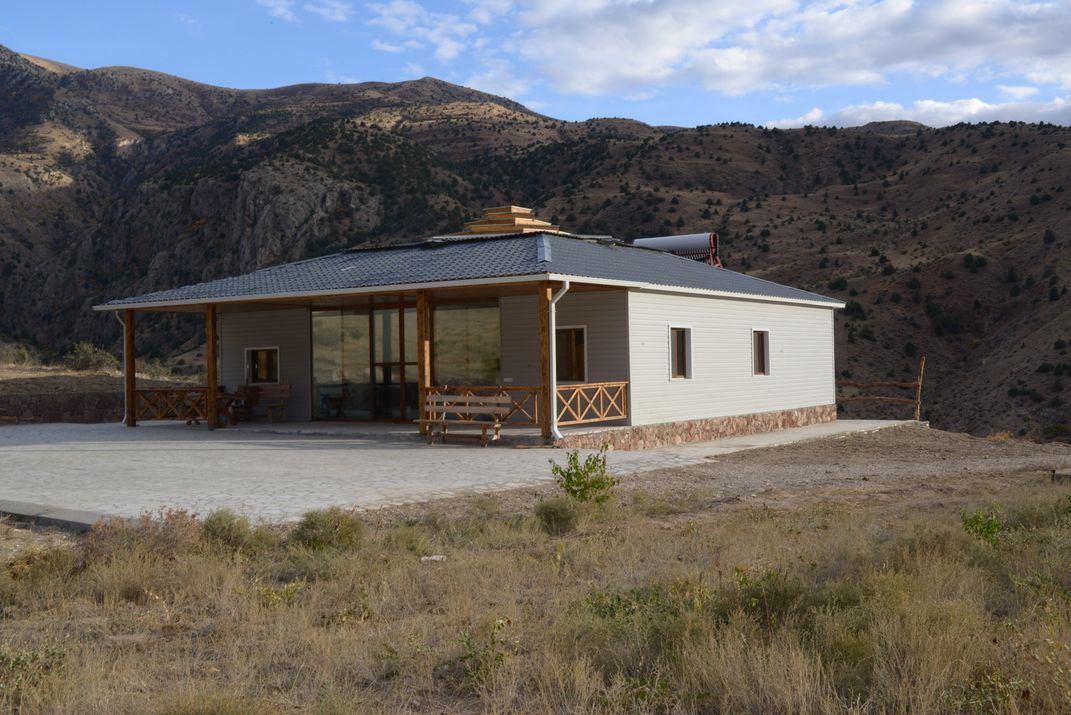
Outside of a few special areas of biodiversity that are off-limits to visitors, the refuge offers plenty of unique opportunities for travelers—from guided hikes along cliff-lines and past nests of bearded vultures, to horseback riding on well-heeled animal trails in the CWR's Ourts mountains. Through the FPWC's SunChild Eco Tours, guests can visit with local families in traditional-style mountainside homes, or discover ancient ruins on 4x4 excursions aboard retro Soviet-issue jeeps. Most of the B&Bs are located within Urtsadzor—a CWR village known for white storks and a plethora of butterfly species. Heriknaz’s B&B hosts the occasional impromptu cooking class, while the proprietor of Laura's B&B is famous for her homemade jams and moonshine. The refuge is also a year-round camping destination, says Khachatryan. “For example,” he says, even in the heat of summer, areas like Yeghegis and Vardahovit remain “springlike, filled with wildflowers and running through with rivers and streams.”
/https://tf-cmsv2-smithsonianmag-media.s3.amazonaws.com/filer/da/91/da913c9c-13c2-4336-979e-1b7c45dc0e65/cwrgoat3.jpeg)
Of course, wildlife remains the CWR's biggest draw, especially the elusive leopard. “Our efforts in ecotourism are making conservation sustainable,” says Khachatryan, “and by inviting direct partnerships and initiating social improvements with local communities, we win their trust for the collaboration,” which includes both protecting and maintaining local resources. In turn, their efforts are creating a connected landscape where native flora and fauna can thrive. “Area wildlife was virtually non-existent when we started CWR,” says Khachatryan. “Now, it's everywhere.”
/https://tf-cmsv2-smithsonianmag-media.s3.amazonaws.com/accounts/headshot/LauraKiniry.png)
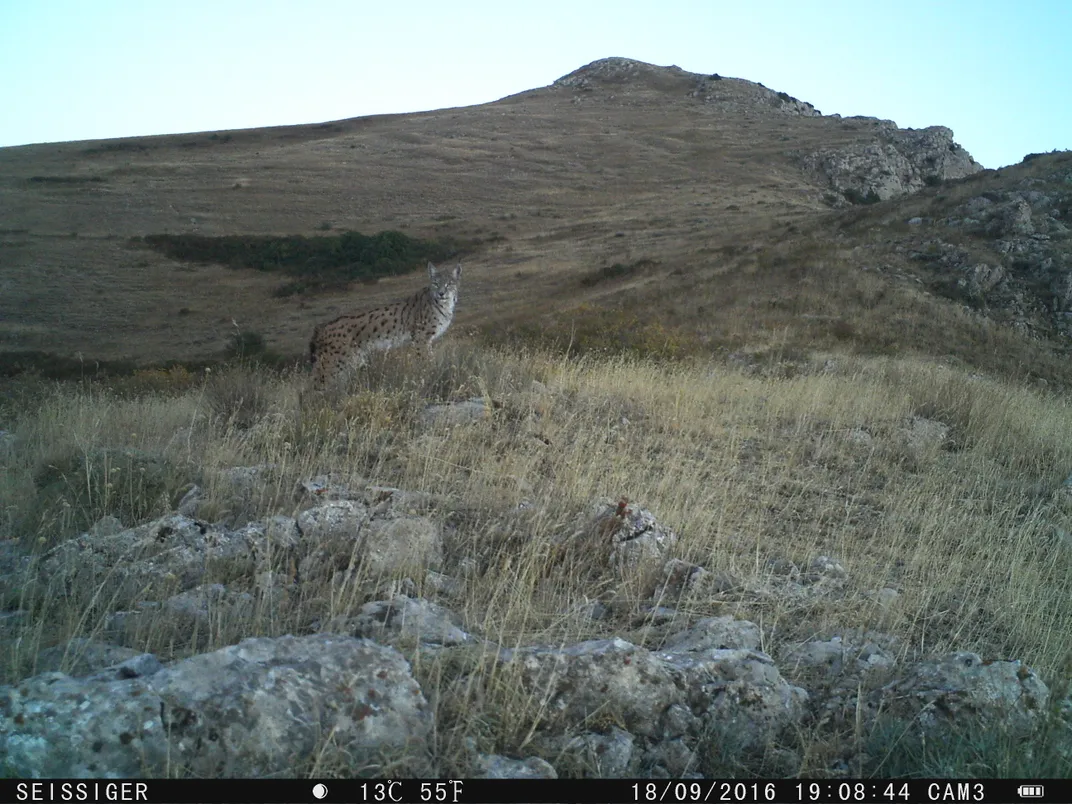
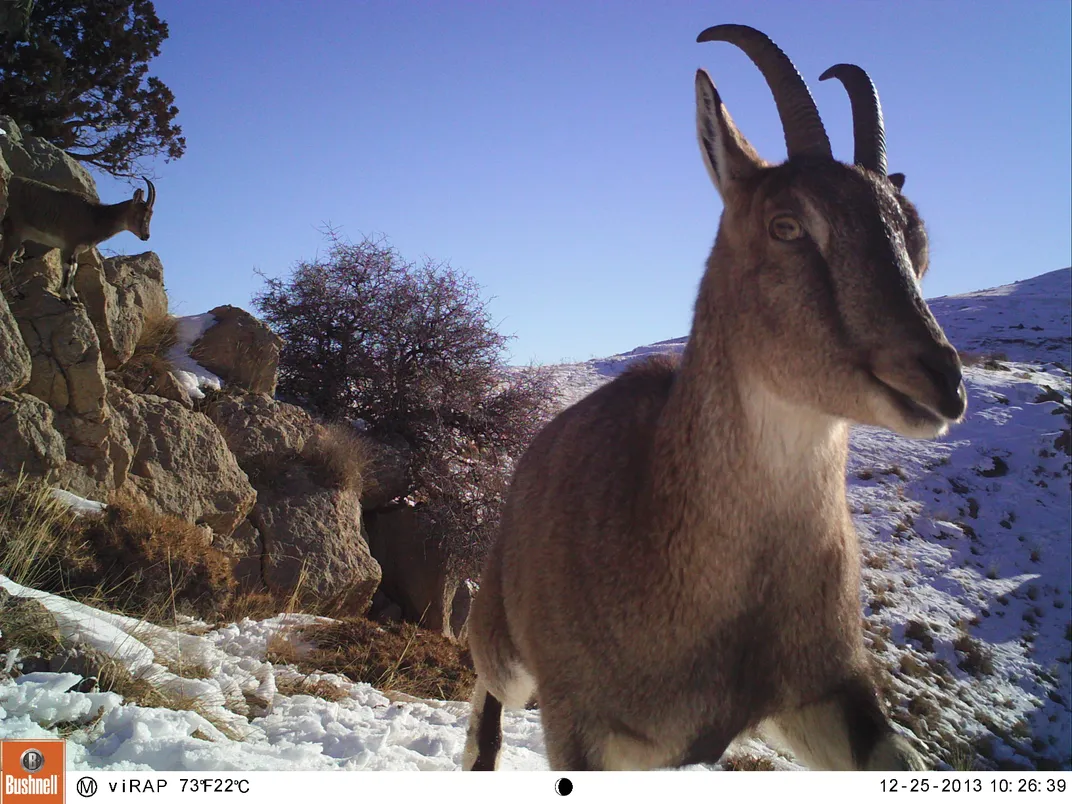
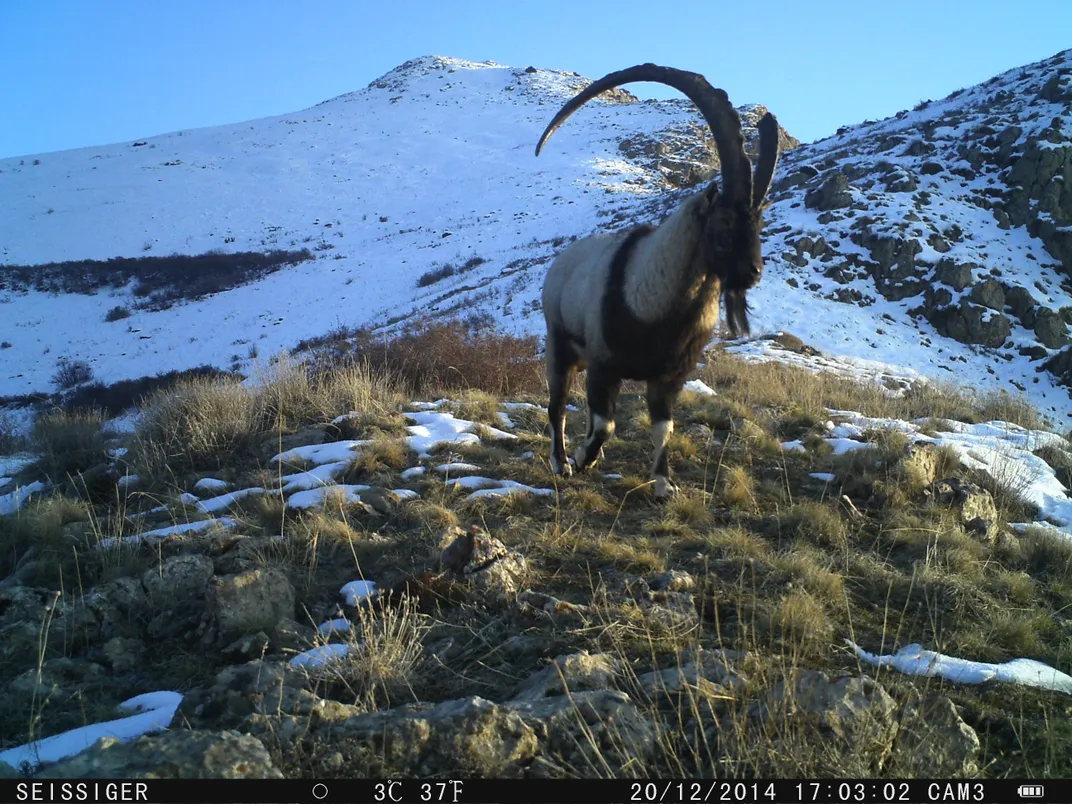
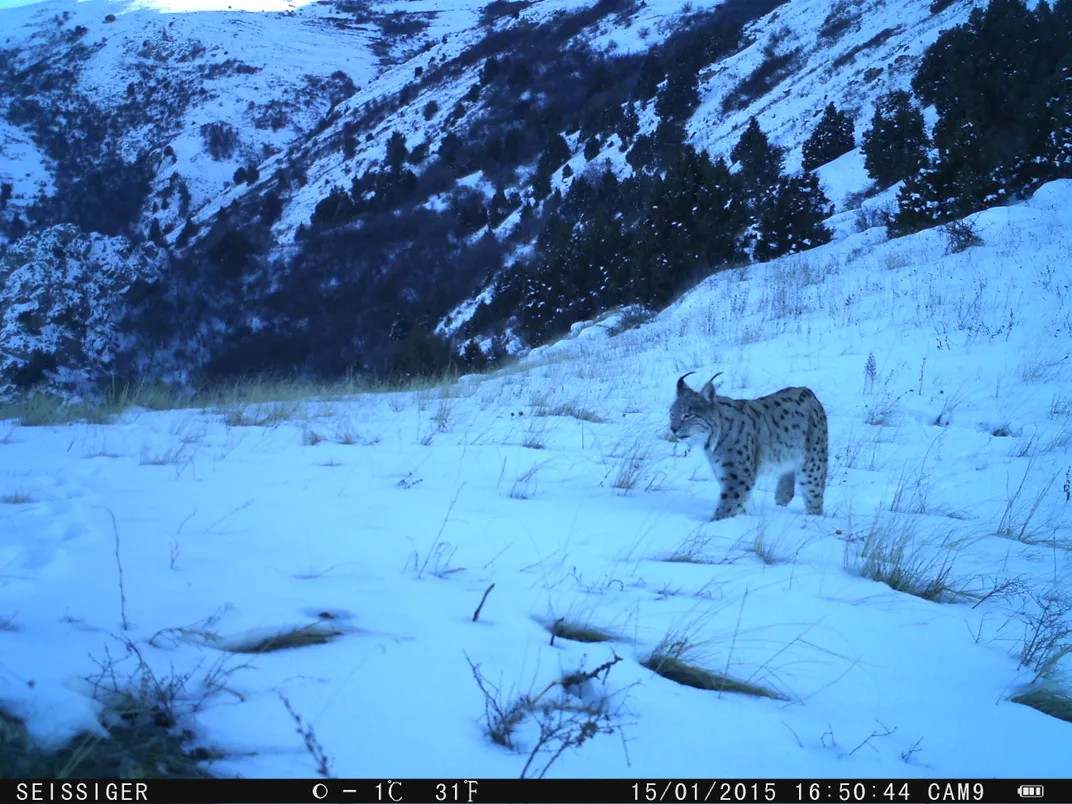
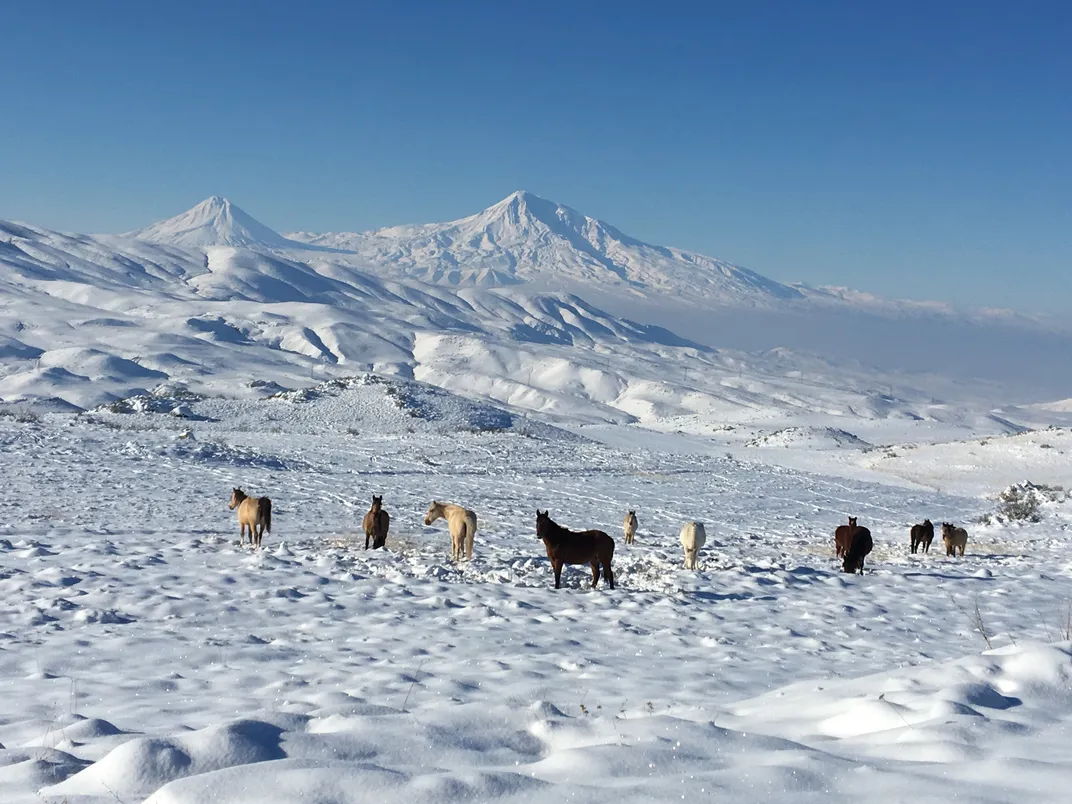
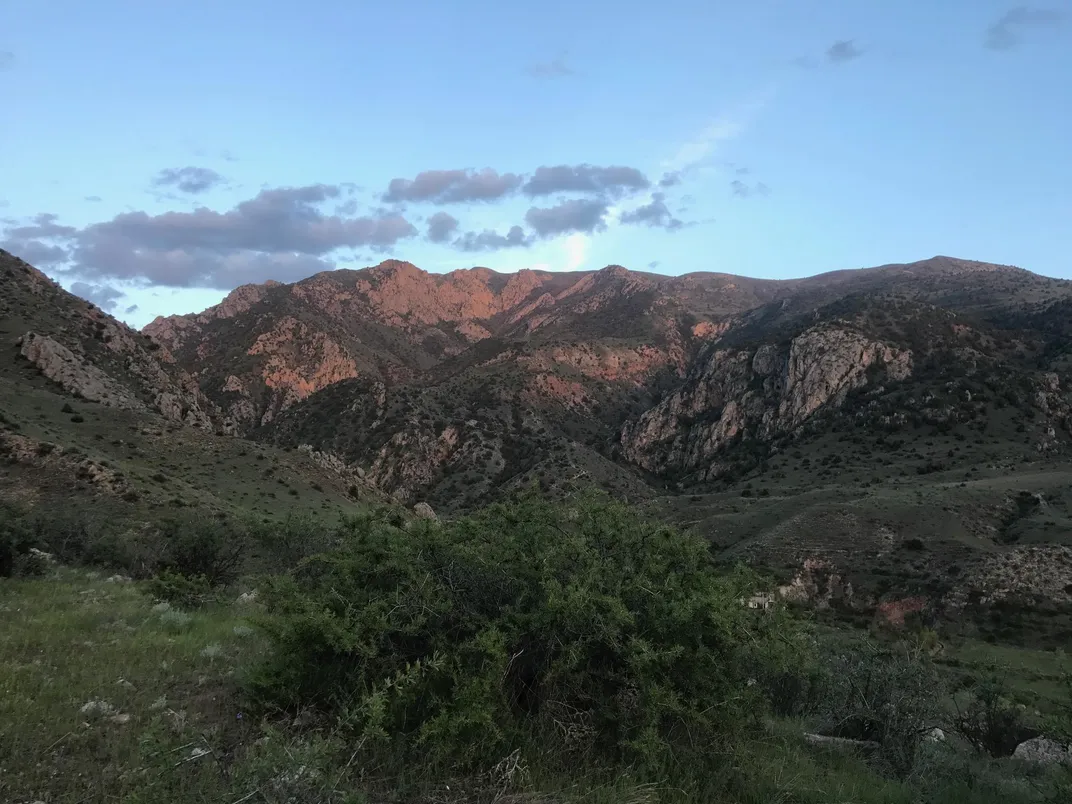
/https://tf-cmsv2-smithsonianmag-media.s3.amazonaws.com/filer/e9/e5/e9e57e62-4a57-4ebb-a580-f0f6ef7f0f9f/cwrgoats.jpeg)
/https://tf-cmsv2-smithsonianmag-media.s3.amazonaws.com/accounts/headshot/LauraKiniry.png)